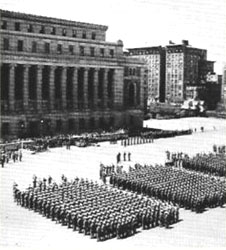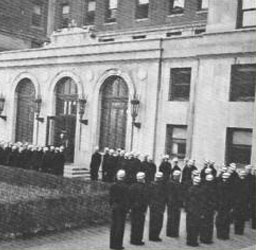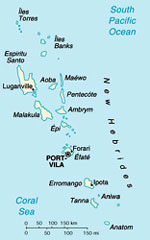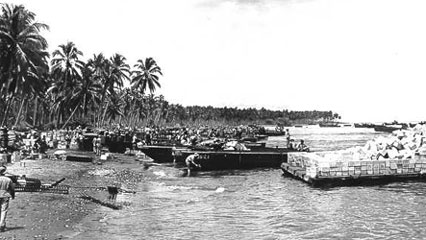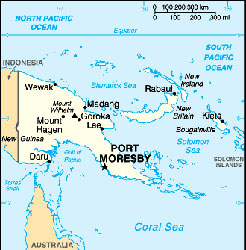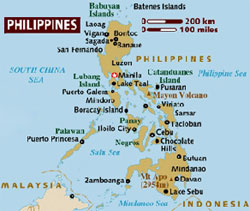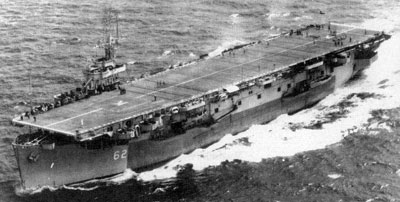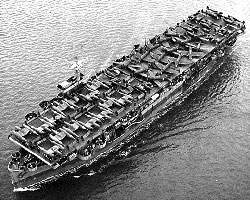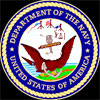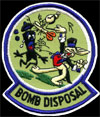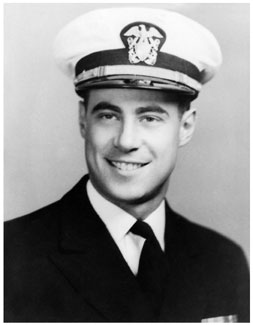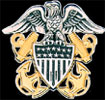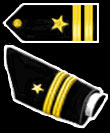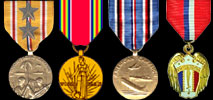| North
High School Wall of Honor Fred Henderson Stewart, Jr. Graduated January, 1937 |
 |
|||||||||||||||||||||||||||||||||||||||||||||||||||||||||||||||||||||||||||||||||||||||||||||||||||||
| Research done by Claradell Shedd, class of 1953. PAGE IN PROGRESS | ||||||||||||||||||||||||||||||||||||||||||||||||||||||||||||||||||||||||||||||||||||||||||||||||||||||
|
||||||||||||||||||||||||||||||||||||||||||||||||||||||||||||||||||||||||||||||||||||||||||||||||||||||
|
||||||||||||||||||||||||||||||||||||||||||||||||||||||||||||||||||||||||||||||||||||||||||||||||||||||
|
||||||||||||||||||||||||||||||||||||||||||||||||||||||||||||||||||||||||||||||||||||||||||||||||||||||
|
||||||||||||||||||||||||||||||||||||||||||||||||||||||||||||||||||||||||||||||||||||||||||||||||||||||
|
||||||||||||||||||||||||||||||||||||||||||||||||||||||||||||||||||||||||||||||||||||||||||||||||||||||
| **USS Cordova
(CVE-39) Later named HMS Kledive (D-62) The USS Cordova (CVE-39) (originally AVG-39 then later ACV-39) was an escort aircraft carrier launched 27 December 1942 by Seattle-Tacoma Shipbuilding of Tacoma, Washington; sponsored by Mrs. A. E. Mitchell. Reclassified CVE-39 on 15 July 1943, Cordova was transferred to the Royal Navy on 25 August 1943, as HMS Khedive (D62). Khedive was to take part in the invasion of Singapore in September 1945, codenamed Operation Tiderace. But with the Japanese surrender, she was merely deployed to the island for security. She was returned to United States custody on 26 January 1946 and sold into merchant service 23 January 1947 as Rempang (later Daphne). She was sold for scrap in Spain in 1975. |
||||||||||||||||||||||||||||||||||||||||||||||||||||||||||||||||||||||||||||||||||||||||||||||||||||||
|
||||||||||||||||||||||||||||||||||||||||||||||||||||||||||||||||||||||||||||||||||||||||||||||||||||||
| ***USS Barnes
(CVE-20) The major task of Barnes throughout World War II was the transporting of aircraft and personnel from the United States to the forward areas of the Pacific. In addition she served as a combat, training and pilot qualifying carrier. While performing these duties she launched her planes on several raids against Tarawa Atoll in the Gilbert Islands operation from 20 November–5 December 1943, and provided invaluable aircraft replenishment to the various task groups of the 3rd Fleet during the western Caroline Islands operation from 6 September–14 October 1944, and the Luzon attacks on 19 October 1944. After Japan's surrender, Barnes remained in the Far East on occupation duty until 3 November 1945. Returning to the United States in March 1946, Barnes remained on the west coast for a period of time and then steamed to Boston, Massachusetts, where she was placed out of commission in reserve on 29 August 1946. Redesignated as a helicopter escort carrier (CVHE-20) on 12 June 1955, she was stricken for disposal on 1 March 1959. |
||||||||||||||||||||||||||||||||||||||||||||||||||||||||||||||||||||||||||||||||||||||||||||||||||||||
|
||||||||||||||||||||||||||||||||||||||||||||||||||||||||||||||||||||||||||||||||||||||||||||||||||||||
|
||||||||||||||||||||||||||||||||||||||||||||||||||||||||||||||||||||||||||||||||||||||||||||||||||||||
| Visit with Dad
(Frederick H. Stewart, Jr.) 12/23/06 about his Wartime Experience (by
Betty Stewart Oestenstad) Here are some notes from Dad telling us (Betty, Larry & Trevor) about his WWII experience. He got out the yearbook and large map. I wish I'd had a tape recorder! Dad was fortunate to be able to enlist in the Navy and finish a semester of college, permitting him to graduate before reporting to Midshipman's school at Columbia University in NY (1942). This was a 3 month school with intensive training in all things nautical from seamanship to navigation, with classes 8 hours a day. After that he was commissioned as an Ensign. He volunteered (!) for Bomb Disposal Duty and went to Bomb Disposal School for 6 weeks in Washington D.C. at American University, attaining Bomb Disposal Officer Certification? He was commissioned to go on a ship and was finally assigned to the USS Barnes in Dec. 1943 to about 1946. This was a ship that was originally a freighter that had been rebuilt into a small aircraft carrier. It was used mostly to ferry airplanes, passengers, and occasional troops during and after the war, but was occasionally in active operations with a Squadron. They made multiple trips across the ocean (77?) and Dad has notes recording them all and notations on the map of the routes. Of course these were not public, so when he'd write home he couldn't say anything about location. But he had a code system worked out with his parents to let them know his whereabouts (1st letter of each paragraph, or something like that). Also of course he got to go home on leave during that time period. The pictures in the yearbook showed the flight deck jammed full of planes, a lot of them with wings that folded up! The ship was about 10 stories high and 3 football fields long. There were 2 sections of the flight deck floor, fore and aft, that were actually elevators that could take planes down to the hangar deck for maintenance work. Dad was an Officer, which made up about 10% or more of the 550+ plus crew on the ship. As part of his duties he had to keep watches up on the Bridge, way up high and accessible via a circular staircase. His most vivid memory is going through a typhoon with 100+ mph winds in the North Pacific. During this he had to go up to the Bridge for his watch! There were lines across the deck for them to hang on to in order to cross it. The ship was tossed and battered by huge waves that were higher than the Bridge when they were in the trough, and the props would be spinning out of the water when they crested! The force of the waves bent the huge I-beams supporting the flight deck and pushed the corner of the flight deck up like a can opener. Fortunately no one was hurt and they made it through OK. The closest battle scare was once when they had a couple torpedoes go by near the bow of the ship. Fortunately Dad never had to disassemble any bombs! He was also assigned to the C & R Department (Construction & Repair, damage control) for the ship. He was the First Lieutenant of the ship in the later days of his service. By that time he had attained the rank of full Lieutenant. Some of the places he went were Philippines, New Hebrides, Guam, Fiji, Pearl Harbor, Tokyo (after the war), through the Panama Canal twice, and more. He liked Guam the best because of the beautiful white sand beaches and coral. They didn't have much opportunity for sight seeing as they were never in one place for very long. Every time they crossed the equator, if war conditions permitted, the 1st timers would have to go through an initiation of some sort (i.e. pushing a shoe with his chin on hands and knees across the flight deck!) The night skies and stars were beautiful, of course being able to see the southern hemisphere when south of the equator. Navigation at that time was celestial and radar. Dad said he felt very fortunate for serving in the Navy on the ship during the war. He always had a clean place to eat and sleep. To ward off boredom, they had a basketball court on the lower deck (elevator down from the flight deck) and badminton games with the Captain and Executive Officer, again when the absence of planes and passengers and war conditions permitted. Dad made many good friends during that time but unfortunately hasn't been able to keep in touch with them over the years. He is sad about that but feels he gave it his best effort to write. |
||||||||||||||||||||||||||||||||||||||||||||||||||||||||||||||||||||||||||||||||||||||||||||||||||||||
|
||||||||||||||||||||||||||||||||||||||||||||||||||||||||||||||||||||||||||||||||||||||||||||||||||||||
|
||||||||||||||||||||||||||||||||||||||||||||||||||||||||||||||||||||||||||||||||||||||||||||||||||||||
| 07/28/10. Living in Des Moines, IA. Died 04/19/15. | ||||||||||||||||||||||||||||||||||||||||||||||||||||||||||||||||||||||||||||||||||||||||||||||||||||||
| Music: "Anchors Aweigh" | ||||||||||||||||||||||||||||||||||||||||||||||||||||||||||||||||||||||||||||||||||||||||||||||||||||||
| Home
|
Back/allyears |
WWI |
WWII |
Korea |
Vietnam |
Afghanistan/Iraq |
Lyrics
|
Refs/Awards |
Contact ©2023-csheddgraphics All rights reserved. All images and content are © copyright of their respective copyright owners. |
||||||||||||||||||||||||||||||||||||||||||||||||||||||||||||||||||||||||||||||||||||||||||||||||||||||

